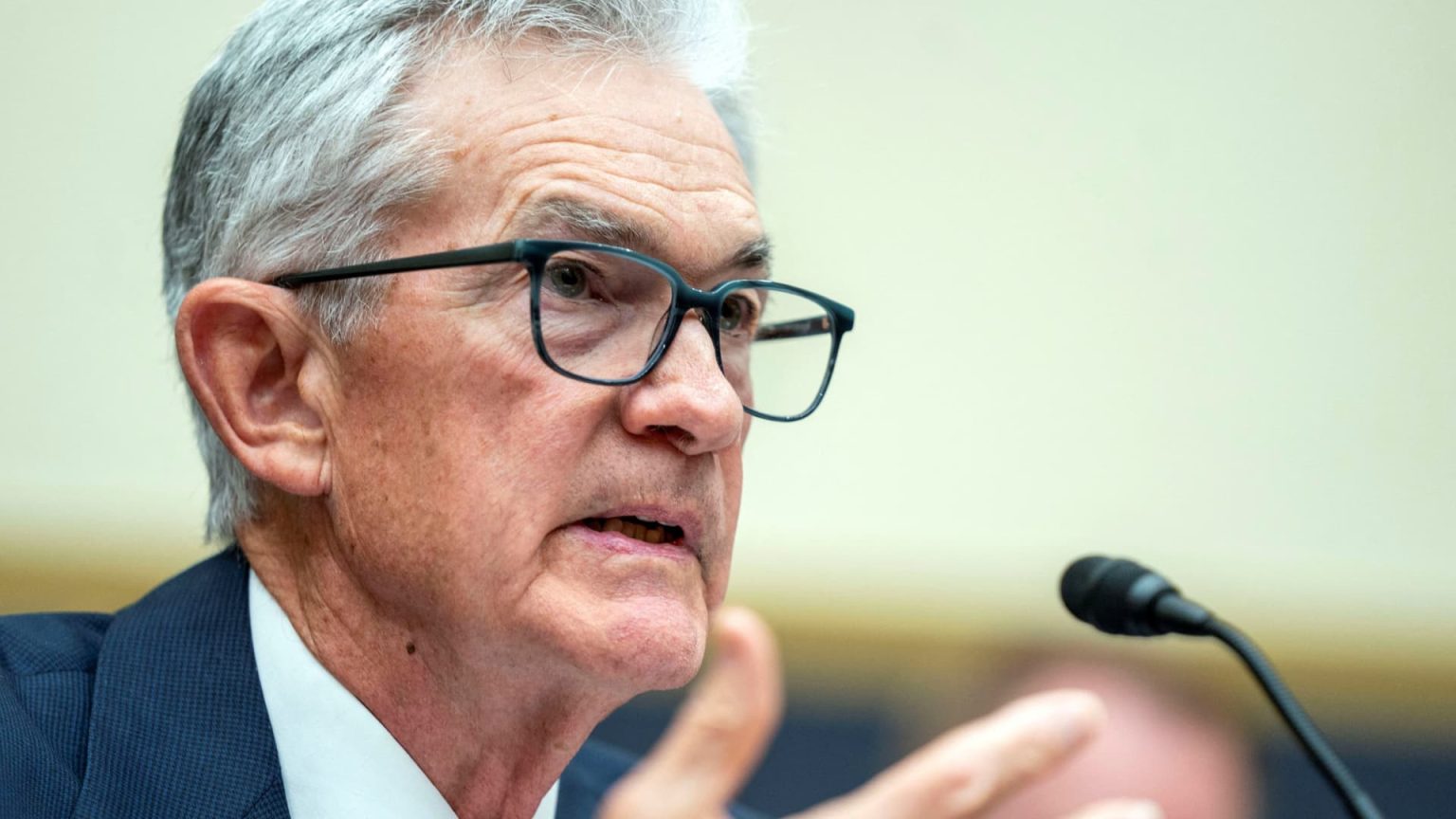Federal Reserve Chair Jerome Powell has indicated that interest rate reductions are unlikely in the near future. Powell stated that there has been a lack of progress in lowering inflation back to the Fed’s 2% target, making it unlikely that rate cuts will happen soon. This has led to uncertainty on Wall Street about whether the central bank will cut rates at all this year. Market pricing for rate cuts has been volatile, with traders currently expecting a rate cut in September and potentially another one in December.
The possibility of no rate cuts until 2025 is being considered by some economists, although most are still predicting at least one cut this year. Bank of America economists believe there is a “real risk” that the Fed won’t cut rates until March 2025, while others still expect a cut in December. The main factors influencing the Fed’s decision are inflation data and the strength of economic activity. The central bank is data-dependent and will likely base their decisions on how inflation data evolves in the coming months.
There is still hope that inflation data will improve and give the Fed room to ease rates. Citigroup expects the Fed to start easing in June or July and to cut rates multiple times this year. Goldman Sachs also anticipates policy easing, albeit slightly later, in July. However, the Fed remains dependent on incoming data, particularly inflation numbers. If inflation does not cooperate, the central bank may delay rate cuts or reduce the number of cuts initially planned.
The potential for a policy mistake looms if the Fed delays rate cuts despite strong economic indicators. Higher rates for a prolonged period could jeopardize labor market stability and affect the finance sector, especially regional banks. Economist Mark Zandi believes that the Fed should have already started cutting rates, as inflation is well below its peak levels. Housing-related factors are currently the main barrier to achieving the Fed’s 2% inflation target. Zandi warns that a policy mistake by the Fed poses a significant risk to the economy.
Given the uncertainties surrounding the Fed’s decision-making process, Wall Street is closely monitoring inflation data and economic indicators for hints on future rate cuts. The Fed’s cautious approach and reliance on data make it vulnerable to changing its policy based on short-term trends. The financial system and the economy as a whole are at stake if the Fed delays or misjudges the timing of rate cuts. As inflation data evolves and economic conditions fluctuate, the Fed faces challenges in balancing its dual mandate of price stability and full employment.













